I Tried PRFM Undereye Injections For My Dark Circles and Fine Lines and I Have Thoughts
Is your body's "liquid gold" really the secret to brighter, more youthful skin?
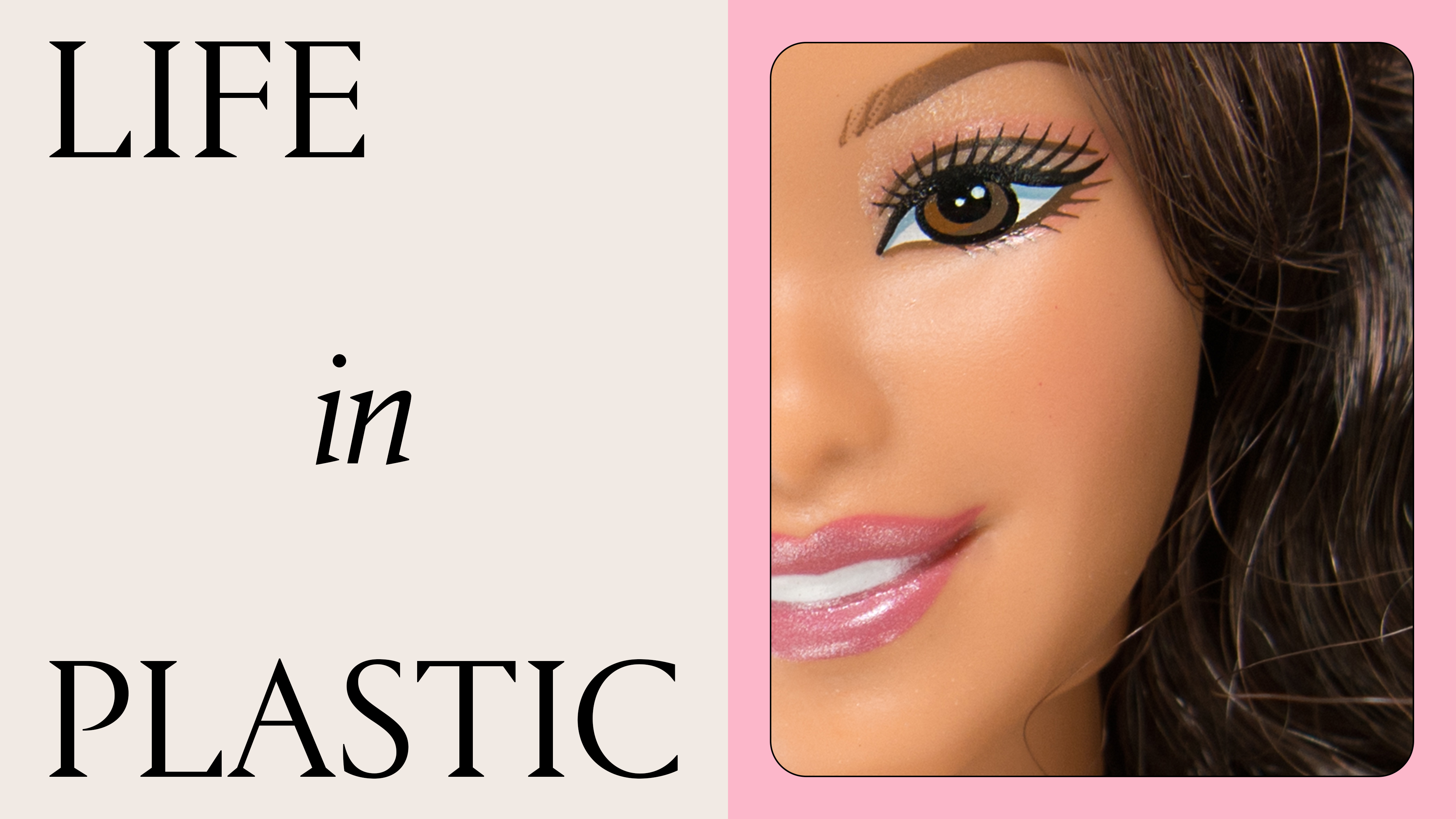
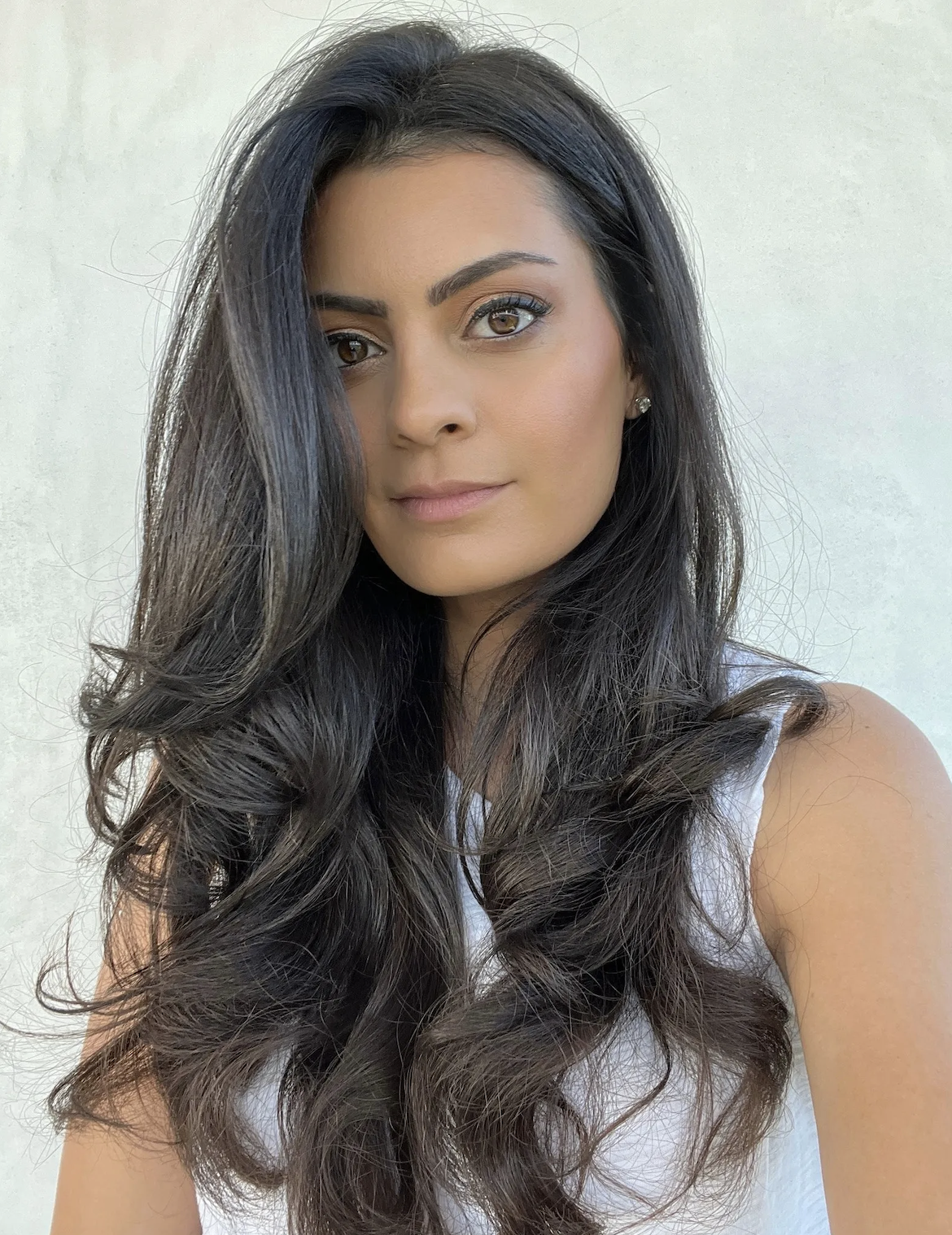
There are two things you should know about me. One, I'm needle-averse. Two, my undereyes are my biggest problem area. No amount of concealer, color corrector, or undereye patches have been able to reduce the appearance of my fine lines, but historically, needles and I don't do well. Do you see where I'm going with this? Clearly, I'm in a bit of a beauty conundrum. Recently, I've been fixated on my undereyes. My usual favorite concealers began making my skin look aged thanks to my undereye wrinkles, and the overall loss of plumpness in the area was leaving my dark circles looking, well, darker.
Looking into undereye filler yielded horror story after horror story of filler migration, and it wasn't until I visited JECT—a medical spa with locations in Los Angeles, Miami, New York, and New Jersey—that I was told I was a good candidate for PRFM (Platelet Rich Fibrin Matrix). Keep in mind that PRFM targets skin quality while filler provides volume restoration.
After doing some digging, I decided to put my big girl panties on and give the treatment a try for my fine lines before committing to undereye filler for my volume loss. Below is everything you need to know about PRFM, including my experience and before and after photos.
What Is PRFM?
PRFM is an advanced form of PRF (Platelet Rich Plasma). Both procedures use components of a patient’s own blood to stimulate cellular renewal, but where PRFM differs is that it contains a fibrin matrix that holds growth factors in place, allowing for a slower, more controlled release over time, says Saami Khalifian, MD, FAAD, board-certified dermatologist and founder of SOM Aesthetics. "This makes PRFM particularly effective for delicate areas like the undereyes, where it can improve skin texture, fine lines, and dark circles," he says.
PRFM is often the treatment of choice for those experiencing crepey undereye skin or fine lines due to collagen loss. "It's safe for all skin types and works well for patients in their late 20s to 50s who are noticing early signs of aging and diminishing skin quality," says Dr. Khalifian.
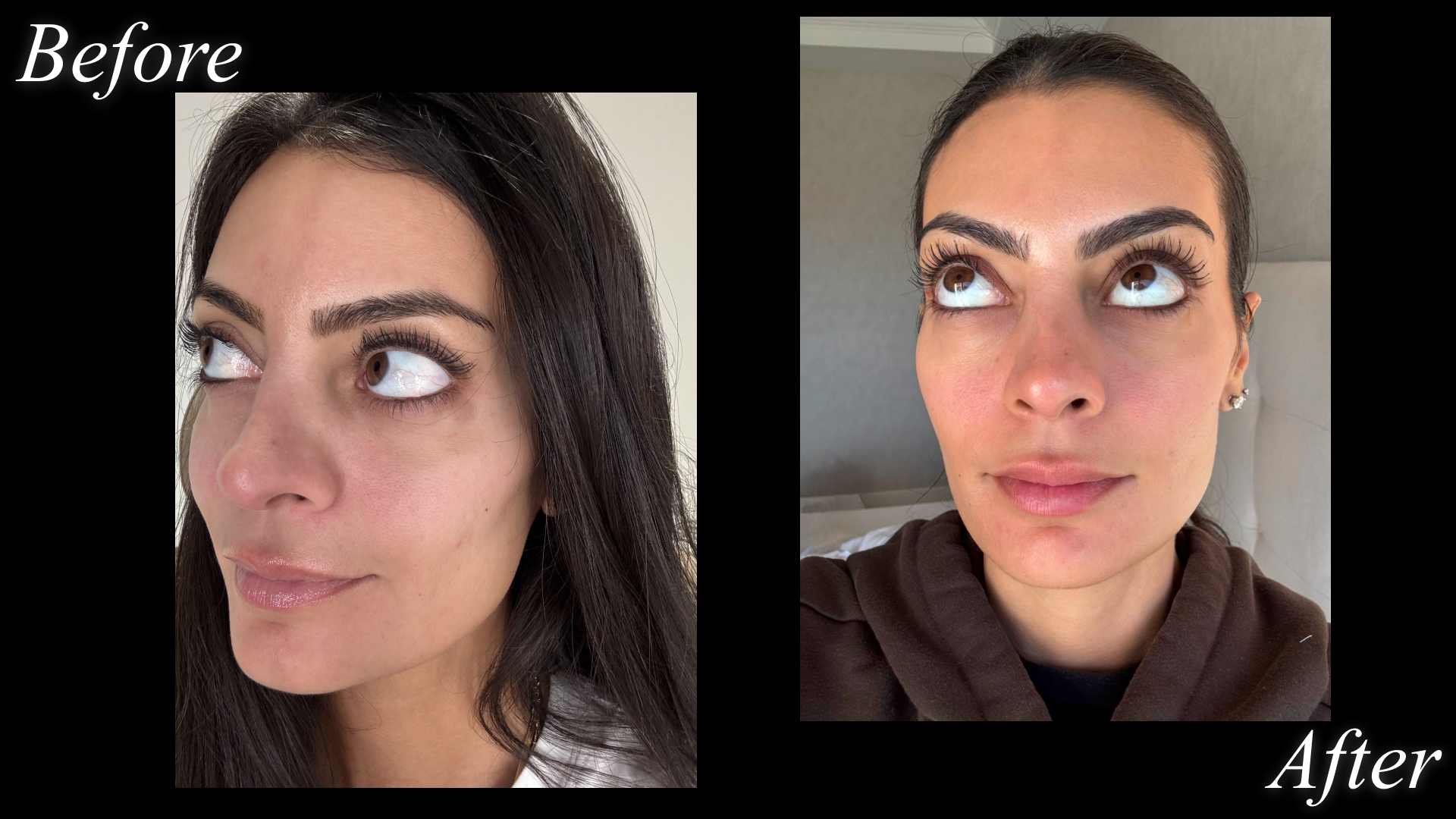
My undereyes before and after three rounds of PRFM injections spaced five weeks apart.
What Are the Benefits of PRFM?
PRFM aims to improve skin health and texture using your own blood, which is made up of plasma and a high concentration of platelets. As NYC-based JECT physician’s assistant Andriana Cellini, PA-C explains, platelets are commonly referred to as the first responders to an injury. "Once PRP is injected to the affected area, the platelets become activated and release growth factors and proteins called cytokines that promote healing of the injured tissue," says Cellini. "Platelets don’t last very long without a fibrin matrix to support them, which is why PRFM is a more superior and advantageous treatment option compared to traditional PRP."
PRFM can be injected into the forehead, cheeks, and nasolabial folds, but the undereye is one of the more popular injection sites. Because this area is very delicate with thin tissue, using your own blood cells helps amplify your body’s natural ability to heal, allowing the platelet-rich plasma to rejuvenate your skin from the inside out, says Cellini.
Stay In The Know
Get exclusive access to fashion and beauty trends, hot-off-the-press celebrity news, and more.
PRFM [is] particularly effective for delicate areas like the undereyes, where it can improve skin texture, fine lines, and dark circles.
Dr. Saami Khalifian
Also, PRFM can help stimulate collagen production, which naturally declines as we age, resulting in skin sagging, wrinkling, and general loss of elasticity. "The platelets and growth factors in PRFM act as signals to fibroblasts (the cells responsible for producing collagen and elastin) to keep the skin in repair mode for weeks after treatment—over time, this leads to thicker, stronger, and healthier undereye skin," says Dr. Khalifian.
Finally, rather than providing just a temporary volume-boosting fix (which is how fillers function), PRFM offers long-term benefits. "PRFM works at the cellular level to strengthen the skin itself and improve skin quality over time," says Dr. Khalifian.
Bear in mind that those with severe undereye hollows may not see enough improvement with PRFM alone (try combining it with filler for best results). Also, the quality of the platelets is completely dependent on your own blood, meaning that people who smoke or have autoimmune conditions, low platelet counts, or high blood sugar or cholesterol might not see as much of a benefit from this procedure, says Dr. Khalifian.
How To Prep For PRFM
Preparing for PRFM treatment is fairly straight-forward—make sure to eat a good meal and hydrate beforehand to help with the blood draw and prevent lightheadedness. Also, avoid consuming alcohol for 24 hours pre-treatment, as this can up your chances of bruising. If you're prone to bruising, ask your provider about taking arnica supplements beforehand.
What Happens During PRFM?
The treatment begins with the provider drawing a small amount of blood from your arm. The blood then gets spun in a centrifuge to separate the PRP, which is subsequently converted and thickened into the soft gel known as PRFM, says Cellini. "PRFM is then injected into the undereye region using a cannula [a tube to insert] a blunt needle that decreases the risk of a bruise and is a safer tool used in this delicate area."
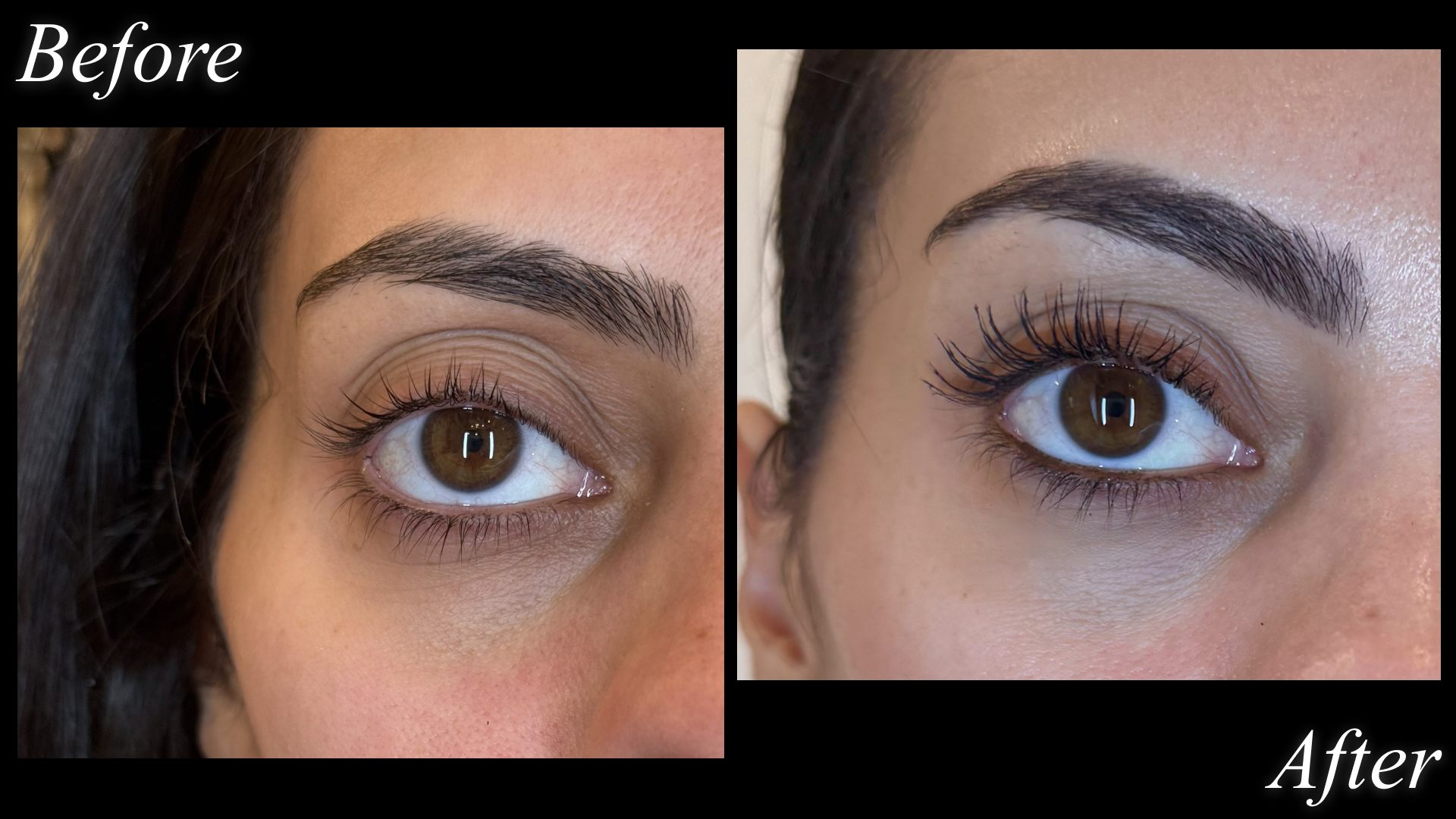
My undereyes before and after three rounds of PRFM injections.
How Much Does PRFM Cost?
Price for PRFM varies depending on provider, location, and other factors. Typically, the cost ranges between $600 to $800 per session, and some providers offer a bundled deal if you plan on getting a few sessions done (which is recommended to see the best results). Just be sure to see a well-reviewed provider with plenty of experience performing the procedure.
What's the Aftercare for PRFM?
There's minimal downtime with PRFM, and most people are able to return to their regular routines within one week. Immediately after the treatment, you should expect to experience swelling, which typically lasts a few days. Cellinin says to avoid icing, touching, massaging, or wearing makeup in the area for 24 hours post-treatment.
Are There Any Risks With PRFM?
Aside from mild swelling, redness, and bruising at the injection site, PRFM is a generally well-tolerated procedure. Cellini says some patients may be sensitive to the calcium chloride that's used to transfer the PRP into PRFM, but this sensitivity typically resolves on its own or with an over-the-counter antihistamine. The good news is that since PRFM is derived from your own blood cells, there’s no risk of an allergic reaction. And, because PRFM is not a filler, the risk of vascular occlusion or nerve damage is low, says Dr. Khalifian. As always, it's important to go to a skilled, board-certified provider who understands the undereye anatomy.
My PRFM Experience
I did three sessions of PRFM spaced roughly five weeks apart at JECT in West Hollywood. Each treatment began with me taking off all of my makeup with a makeup wipe. My provider then applied topical numbing cream on the under eye area and started the blood draw. From there, my blood was spun in a centrifuge for about 10 minutes—just the right amount of time for the numbing cream to kick in. The spun blood was mixed with calcium chloride to make it more concentrated, and then it was time to inject. The injecting portion took about two minutes and involved one poke on each side followed by the injection of the PRFM.
Let's talk pain level. Even though I'm not a fan of needles (really, who is?) I can tell you that I have a pretty high pain tolerance. I can also tell you that this treatment is not for the faint of the heart. It hurts. Bad. Even with numbing cream, there's a burning sensation that occurs as the liquid gold is being injected into the skin. It's not long-lived, thankfully, but it's ever-present, so you may want to bring a support system with you or ask the injector for a facial vibrator to be placed on your chest or face area during the treatment. I did this and it really helped serve as a distraction that helped calm my nerves.
The platelets and growth factors in PRFM act as signals to fibroblasts...to keep the skin in repair mode for weeks after treatment over time. This leads to thicker, stronger, and healthier undereye skin.
Dr. Saami Khalifian
I was definitely swollen after each treatment, but what I found interesting was that my swelling became subsequently less as the treatments went on (I wasn't as swollen after the second treatment as I was after the first, and I wasn't as swollen after the third treatment as I was after the second). The duration of the swelling lessened as I progressed with the treatments, too. Aside from the swelling, I didn't experience bruising or any intense pain post-treatment—just a bit of tenderness that subsided after 24 hours.
One thing to note about this treatment is that unlike some other cosmetic procedures, there's no instant gratification when it comes to PRFM. In fact, it requires a minimum of three to six sessions spaced four to six weeks apart to see a difference. I describe my results in the following way: I saw zero results after the first session, minimal results after the second session, and more apparent results after the third session. While my fine lines are still there, they're definitely not as apparent and deep set-looking as they previously were. Where I really noticed a difference was the texture of the skin underneath my eyes—I'm finding that my concealer isn't creasing as much as it used to, and the skin overall appears thicker and slightly smoother. Overall, I'd say the treatment gave me subtle results that make me look more awake, refreshed, and youthful. I recommend this to anyone looking to combat collagen loss for more rejuvenated-looking undereyes.
Meet the Experts
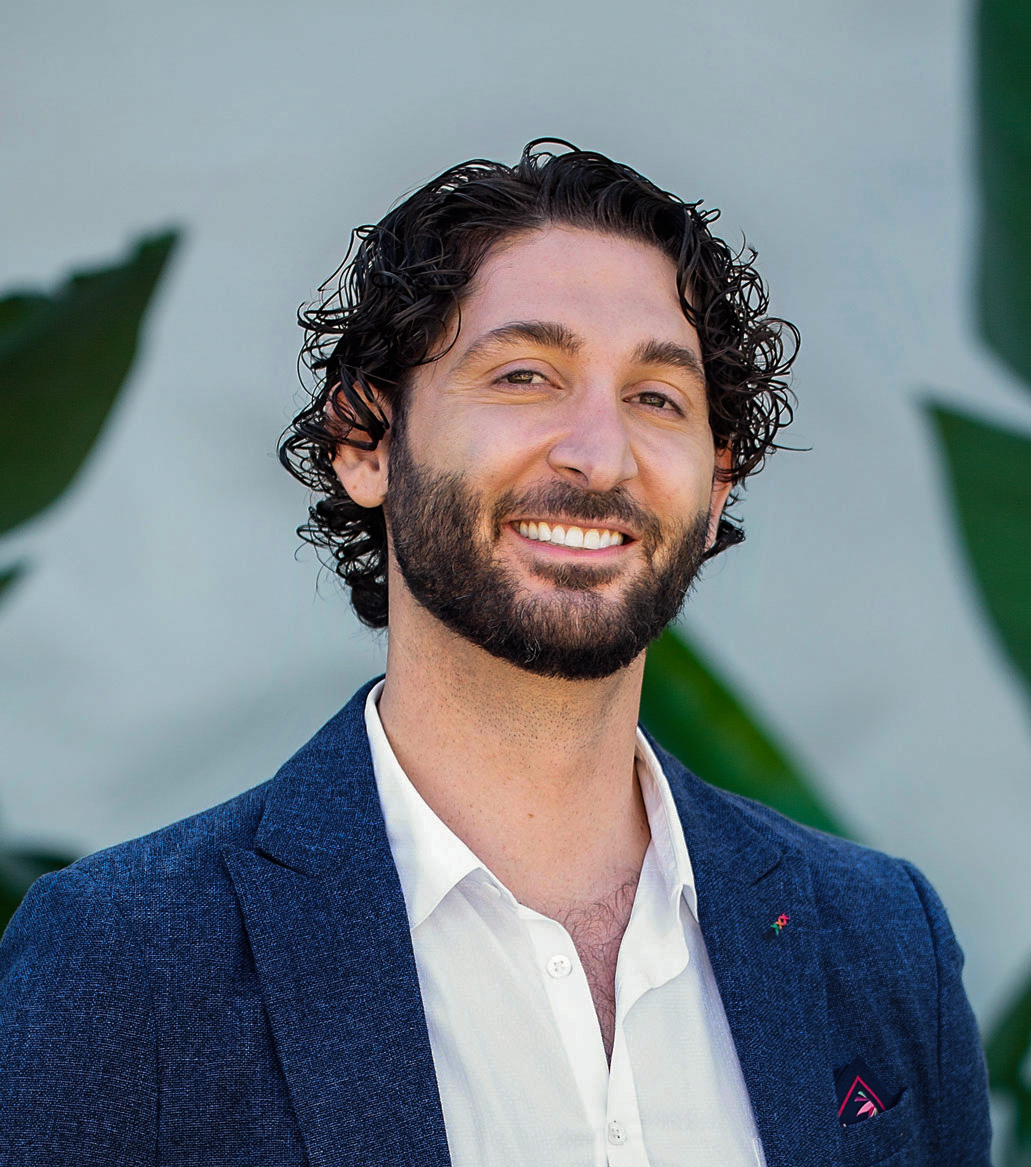
Saami Khalifian, MD, FAAD, is a double board-certified dermatologist, Mohs micrographic surgeon, and founder of SOM Aesthetics. He serves as the Medical Director of the Allergan Medical Institute, where he shapes the future of aesthetic medicine through developing injection protocols and training curricula for providers worldwide. His influential role as a clinical investigator, consultant, and educator for leading aesthetic companies including Allergan, Galderma, and Merz positions him at the forefront of advancing aesthetic medicine.
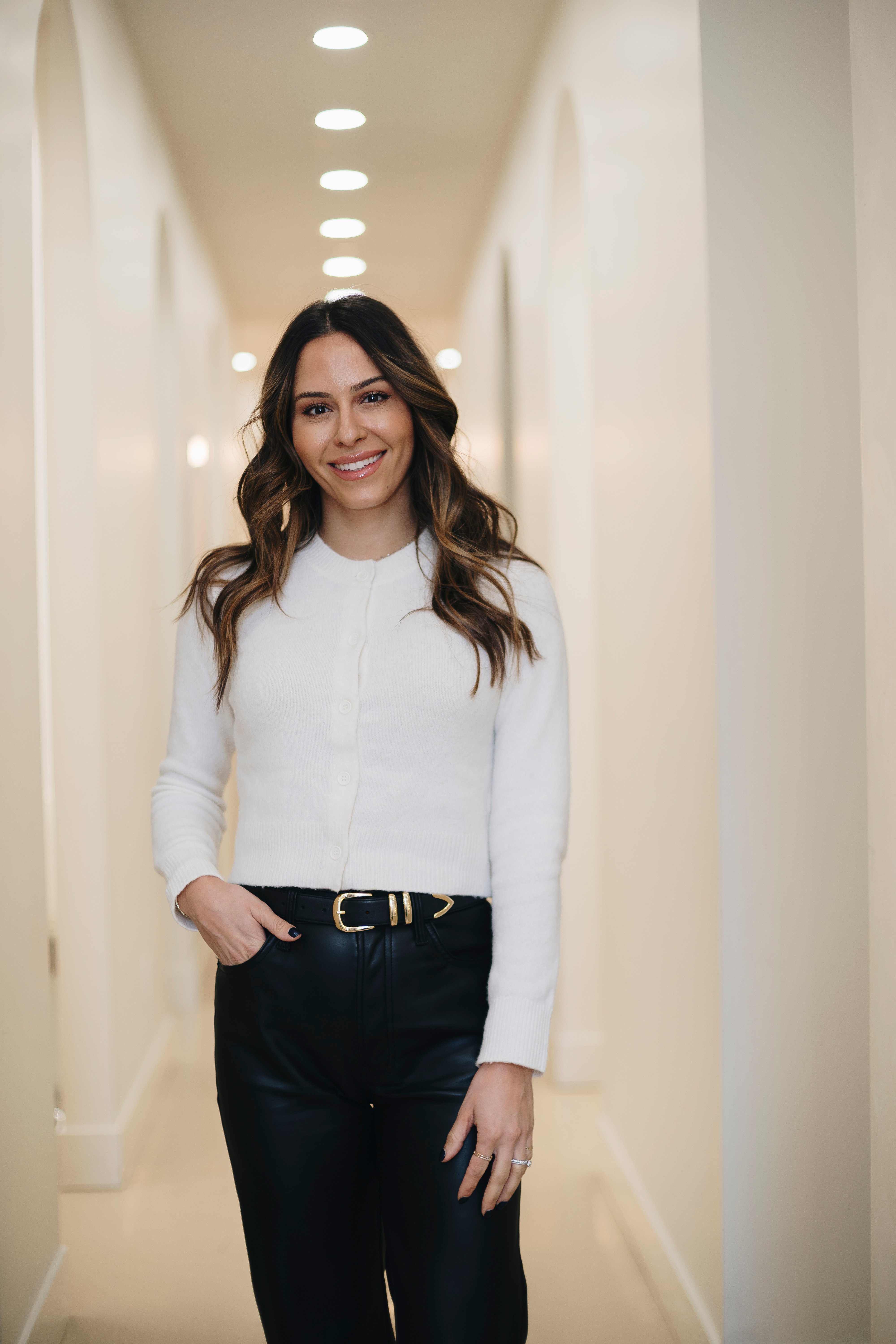
Andriana Cellini, PA-C is a board-certified physician’s assistant at JECT New York. She earned her Bachelor's of Science in Physician Assistant Studies and has been a practicing physician assistant since 2013, working in Dermatology, General Surgery and Urgent Care. Having a broad range of medical knowledge in various specialities has not only provided Andriana with a unique skill set, but confirmed her true passion in aesthetic medicine.
Michelle Rostamian is a Freelance Beauty Writer at Marie Claire, where she covers beauty-related commerce content. She has been in the beauty industry for over 10 years, previously working as a publicist, and now as an editor and writer covering all realms of beauty (skincare, makeup, hair) as well as wellness, lifestyle, and travel. She was also formerly a Quality Editor for Byrdie where she researched and performed revisions and updates to articles to ensure quality, tone, and voice. Outside of Marie Claire, Michelle has contributed to Allure, InStyle, Cosmopolitan, The Zoe Report, W Magazine, Better Homes & Gardens, People, Popsugar, and more. She graduated from the University of California, Los Angeles with a B.A. in Communication Studies.
-
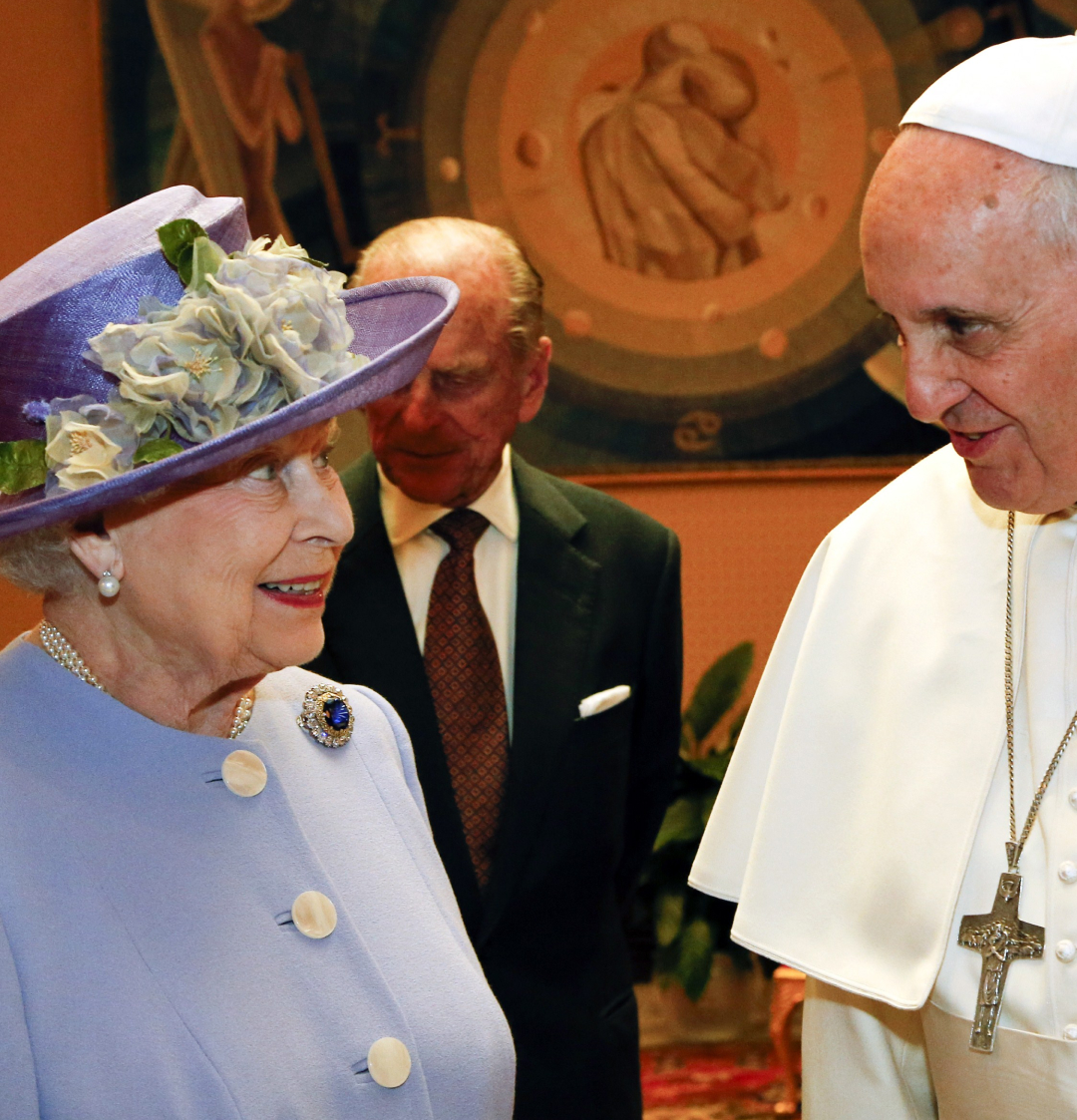 Queen Elizabeth Gave the Perfect Response When Pope Francis Presented Her With Priceless Gifts for Prince George
Queen Elizabeth Gave the Perfect Response When Pope Francis Presented Her With Priceless Gifts for Prince GeorgeThe late pope spared no expense when it came to treating the infant prince in 2014.
By Kristin Contino
-
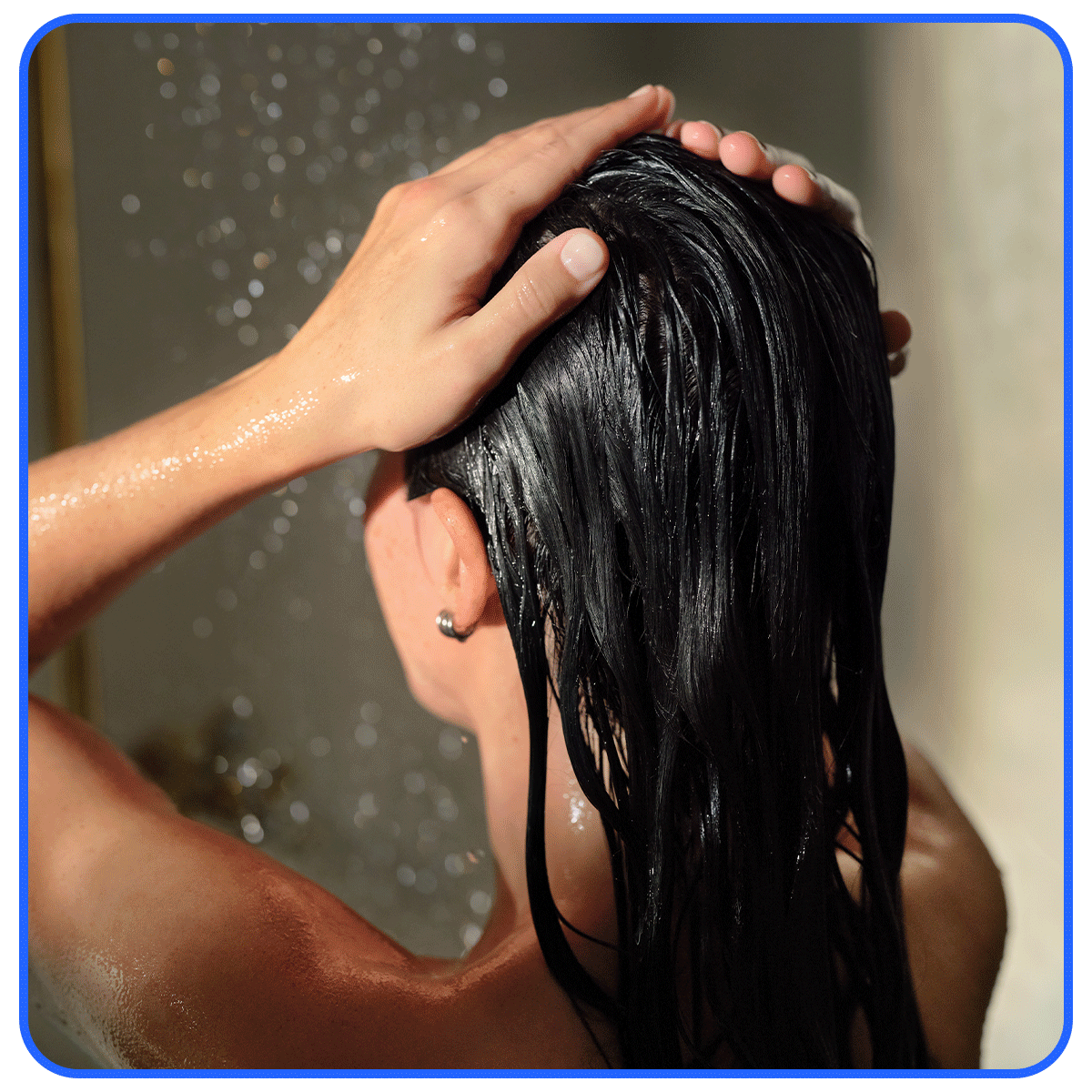 Want Healthier-Looking Hair? This Unexpected Beauty Product Might Be the Answer
Want Healthier-Looking Hair? This Unexpected Beauty Product Might Be the AnswerSkip the shampoos, glosses, and treatments.
By Marie Claire Editors
-
 Queen Elizabeth's Two-Ingredient Lunch Supposedly Helped Her Stay Healthy and Look Younger
Queen Elizabeth's Two-Ingredient Lunch Supposedly Helped Her Stay Healthy and Look YoungerThe late monarch was "not a foodie," but kept her meals simple and fresh.
By Kristin Contino
-
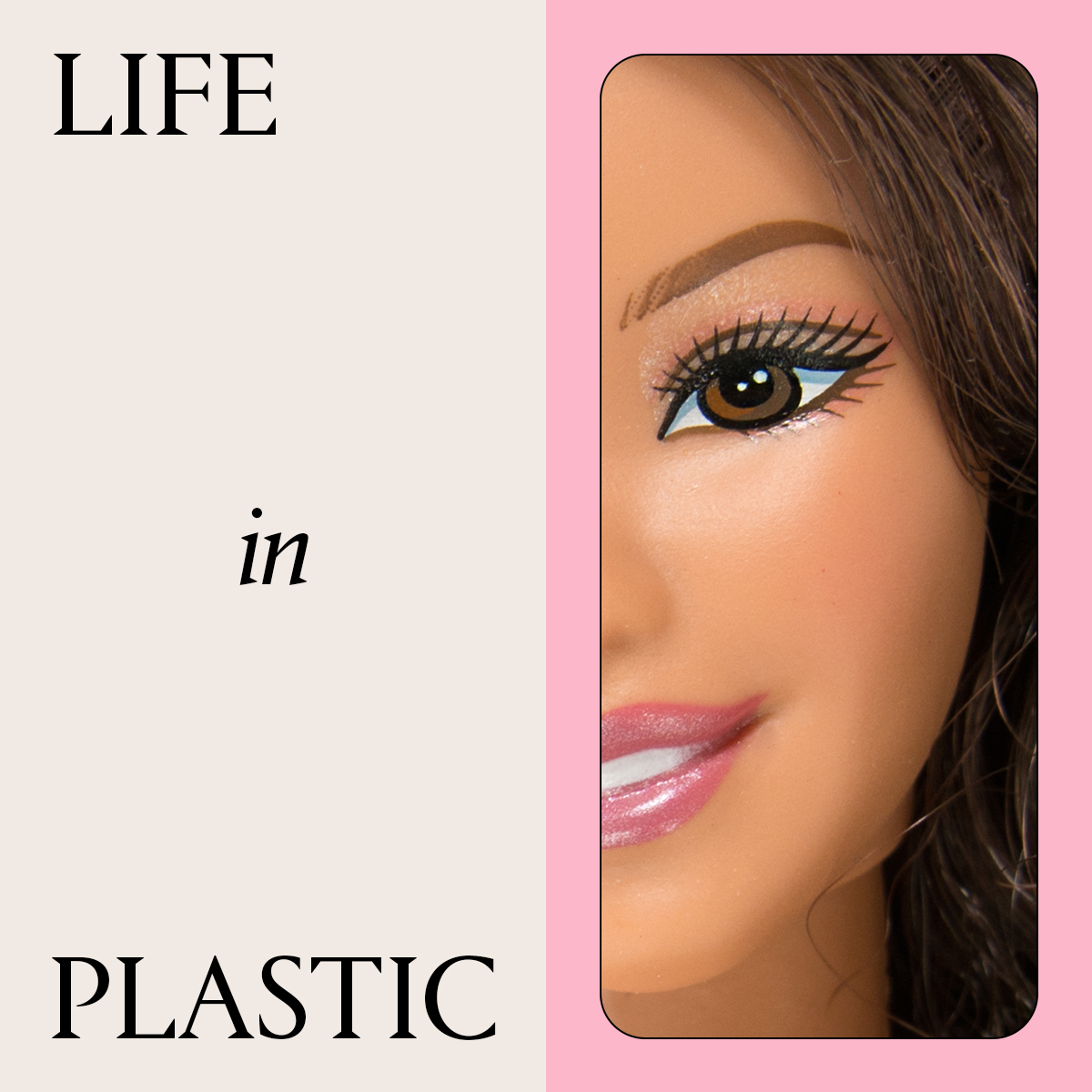 I Got a Facelift at 43 and I Have Zero Regrets
I Got a Facelift at 43 and I Have Zero RegretsSharing all the details about my cosmetic surgery, from pre-op to healing and the final results.
By Megan McIntyre
-
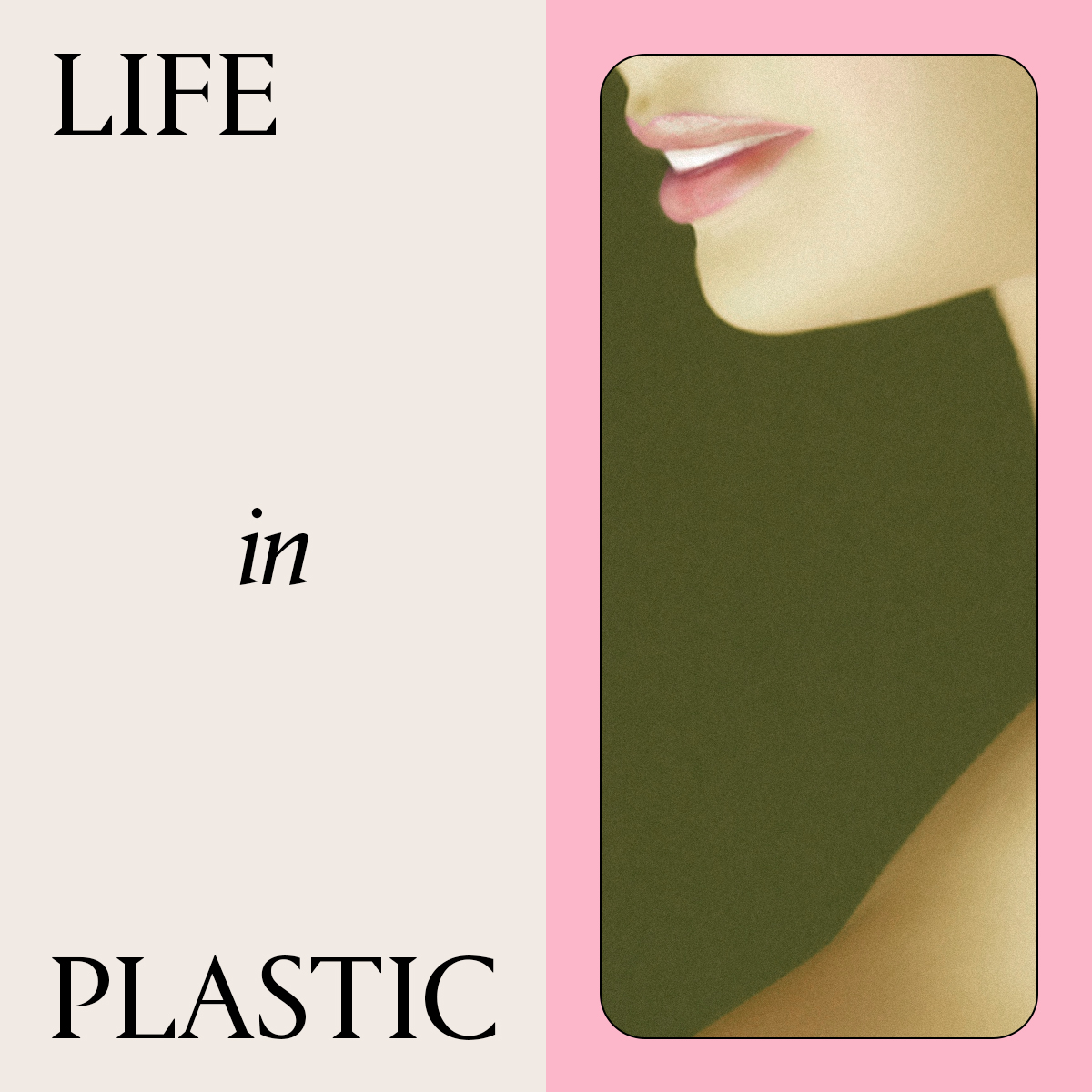 I Got HALO Laser for Smoother Skin and I Finally Understand the Hype
I Got HALO Laser for Smoother Skin and I Finally Understand the HypeSay hello to smooth, radiant skin.
By Aviel Kanter